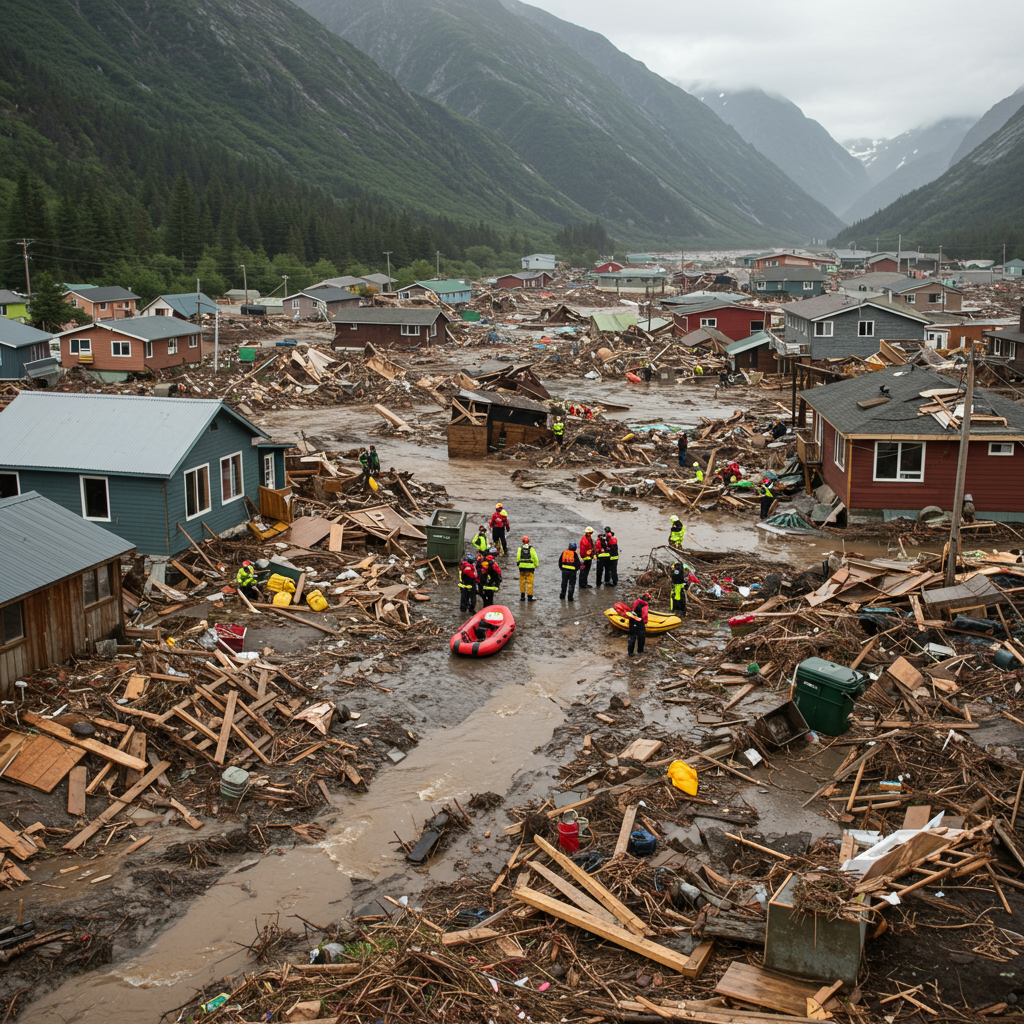As the “12-day war” between Israel and Iran entered a new phase, a dramatic twist emerged: US President Donald Trump announced a “complete and total” ceasefire. Yet, this declaration was immediately overshadowed by continued, intense military action and conflicting signals from the involved parties, leaving both nations and the world in a state of confusion and uncertainty.
Trump Declares “Complete and Total” Ceasefire
Taking to his social media platform, Truth Social, President Trump declared the truce shortly after midnight on Tuesday. He asserted that both Israel and Iran had approached him “almost simultaneously” seeking peace and that a deal had been struck.
According to a senior White House official, this agreement was reportedly brokered through direct talks between Trump and Israeli Prime Minister Benjamin Netanyahu, while other US officials reportedly engaged with Tehran, with Qatar also playing a key mediation role in securing Iran’s conditional agreement. Trump initially outlined a phased timeline for the ceasefire, suggesting Iran would stop firing first, followed hours later by Israel, leading to an official end after 24 hours.
Bombs Still Fall: Missile Attacks Hit Israel
Despite the high-level announcement, the reality on the ground in Israel told a starkly different story. As dawn broke, Israelis awoke to a series of consecutive missile warnings. Air raid sirens blared across central and southern regions, including Jerusalem and Haifa. The Israel Defense Forces (IDF) confirmed multiple waves of missile launches originating from Iran, with defense systems working overtime to intercept the threats.
Tragically, a direct hit on a residential building in Be’er Sheva resulted in the deaths of three people and left several others injured, some critically. Emergency services reported providing aid to three people in critical condition, one in moderate, and five with minor injuries from the strikes in the south. Earlier strikes this week had also reportedly hit a tech park and caused fires near a Microsoft office in the city.
Intense Israeli Bombings Reported in Iran
Across the border in Iran, residents experienced what they described as some of the most intense Israeli bombings of the conflict. Social media users in Tehran reported explosions shaking the city for up to an hour overnight, describing a feeling of complete defenselessness. Following Trump’s announcement, the IDF reportedly issued evacuation warnings for specific districts in Tehran ahead of planned strikes, further contradicting the notion of an immediate cessation of hostilities.
Conflicting Claims Sow Confusion
The confusion was amplified by conflicting signals from the involved parties regarding the supposed ceasefire. While Trump celebrated the “deal,” neither Israeli nor Iranian officials offered clear confirmation of a formal agreement.
Iran’s Foreign Minister explicitly stated there was “no agreement on any ceasefire,” though he added that Iran had “no intention to continue our response” if Israel ceased its “illegal aggression” by 4 am Tehran time. This conditional offer seemed to align with reports from Tehran residents that the intense bombings did indeed subside around that time.
In contrast, Iranian state television later announced that a ceasefire was coming into effect, notably framing it as being “imposed on the enemy” following Iranian attacks, including a reported strike on a US base in Qatar. Israel, meanwhile, remained largely silent on the details of any potential agreement, with Prime Minister Netanyahu reportedly instructing ministers to refrain from public comment as confirmation was pending.
Context: Escalation and Nuclear Strikes
The dramatic ceasefire attempt followed a period of significant escalation in the “12-day war,” which saw both sides inflict heavy blows. Days earlier, the US, reportedly in coordination with Israel, had launched unprecedented airstrikes targeting Iranian nuclear facilities, including key sites like Fordow, Isfahan, and Natanz. Utilizing B-2 bombers and “bunker buster” munitions in an operation codenamed ‘Midnight Hammer,’ the strikes aimed to severely disrupt Iran’s nuclear program.
Assessments from the UN nuclear watchdog chief suggested “very significant damage,” particularly to the underground Fordow plant, raising questions about the long-term impact and Iran’s potential response regarding its cooperation with the IAEA. Indeed, Iran’s parliament is reportedly considering a bill to suspend cooperation with the watchdog if the security of its facilities is not guaranteed.
In retaliation for these strikes and alleged US involvement in Israeli bombing, Iran launched missile attacks targeting US military bases in Qatar and Iraq. Qatari air defenses successfully intercepted the missiles near Al Udeid Air Base, with no casualties reported, notably after Iran reportedly provided advance warning – an action some analysts viewed as a symbolic signal to avoid escalating conflict with the US, while still demonstrating a response capability.
As the dust settles momentarily, the situation remains highly fluid. The discrepancy between a declared ceasefire and continued military action highlights the fragility of the truce. With underlying tensions related to Iran’s nuclear program, regional proxies, and strategic goals unresolved, the path forward for de-escalation remains uncertain. The human cost of the conflict continues to mount, serving as a grim reminder of the stakes involved in this volatile standoff.




